Dying Light 2 Stay Human had been highly anticipated by its community for years leading up to its release. After falling in love with the tropical zombie RPG Dead Island, I followed Techland’s journey into Dying Light, which became one of the most popular games in the first half of the PlayStation 4 and Xbox One generations. A sequel always seemed to make sense. Fast forward to the game’s launch in early 2022, and it quickly became a talking point, breaking into the top 25 most concurrent players on Steam ever.
Needless to say, Dying Light 2 Stay Human has been an early success, so I, like many other players, have been wondering about the game’s development and its future. Luckily, Thomas Gerbaud, World Director on Dying Light 2 Stay Human, graciously took some time to answer my questions.
To start off, what is your name, job title, and could you explain your typical day working on Dying Light 2 Stay Human?
Hey, my name is Thomas Gerbaud and I’m the World Director of Dying Light 2 Stay Human. As a world director, I’m responsible for the overall consistency, appeal, and depth of our game world. Basically, I define the high level vision for the world, its backstory, key characters, structure, etc. – in a word: what we want the experience of the World to be, and then I’m the one making sure everything we put in the game makes sense with respect to that vision. So there’s not really a typical day, the job encompasses a lot of domains – characters modeling, story, quest design, art direction, etc. – which means I’m involved with all these on a daily basis. To be clear, my job is not about being a substitute for the narrative director, art director, etc. but to make sure all directions converge to convey the experience of our world. You could say that I act as a kind of glue between all the fields to make sure we deliver the vision we want for our world!
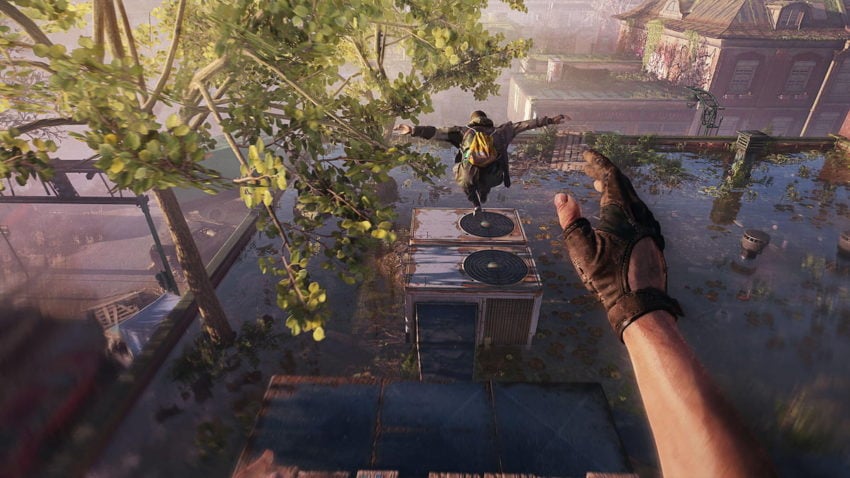
Dying Light 2 was highly anticipated by the community for a while. How soon after the first game did work on the sequel begin?
As for any major AAA project, there is always a period of “cooldown” for a development team – this is about recharging the batteries, letting the dust settle after the rush of release to get a clear sense of what went right and what went wrong, and generally rebooting our creative engine…
And of course, being Techland, we were adamant to provide our players with a strong post-launch, so we had some smaller teams working on DLCs almost right after the launch of DL1!
But for Dying Light 2 Stay Human, a few months passed by before the team started working on the premise and vision, with the experience we had, taking into account the feedback of players, and with a few clear initial ambitions, such as pushing the Choice and Consequences system and elevating the Parkour experience.
Dying Light has had a dedicated fanbase for years. What inspires that love, and how does the team plan to help it grow going forward?
Like I said earlier, this is a promise we make to our players as a company, it’s even part of our core values: we won’t let you down and we will strive to add content and perfect the experience as time goes by. When you buy a Techland game, you also buy this promise. Furthermore, there is a real proximity between Techland and our community – we try to be as transparent as possible, we listen and value the feedback. Some of the design decisions made during the development of Dying Light 2 Stay Human were even driven by our fans! [An example of that is the adjustments we made to UI (health bars) following community feedback.] I think Techland fans appreciate that proximity, openness, and willingness to strive for better. It’s an open conversation between developers and players. The scale of our company allows us that flexibility and nimbleness, and we very much intend to build on that in the future.
How do you feel about the reception Dying Light 2 has gotten so far? For example, breaking the top 25 most concurrent Steam players ever?
We’re truly ecstatic about fan reception, there’s been so much enthusiasm, we received so much love…it’s heartwarming to see our players having a blast parkouring The City and discovering its secrets! Ultimately, this is why we do it all. When you spend so much time working on a game (some of us spent almost 7 years on this project!), all you want to do is put it in the hands of the players, because only then does our work make sense, only then is the picture complete. We’re also grateful for all the constructive feedback we receive, and we intend to keep on improving the game in the coming years.
Were there any elements or features for Dying Light 2 Stay Human that didn’t make the final game that you thought had potential? If so, why was it cut?
We had a lot more ideas for additional gameplay elements, some derived from the world logic, that we didn’t have the time to fully implement or properly balance and kept out of the release scope. Happily, the Parkour toy is scalable, and, just as there are infinite ways to get on top of a building, there is a big stock of ideas on how to improve navigation even more within our teams. This is what a 5-year support plan is also for.
Additionally, there are elements in the world which deliver more on the “Lore” aspect than the gameplay aspect – for example the Campfire Storytellers. We tried to find a balance to cater to those of our players that are more of the explorers type and want to learn about what Villedor is about without hindering the ones playing the game mostly for the thrill of the Parkour and Combat.
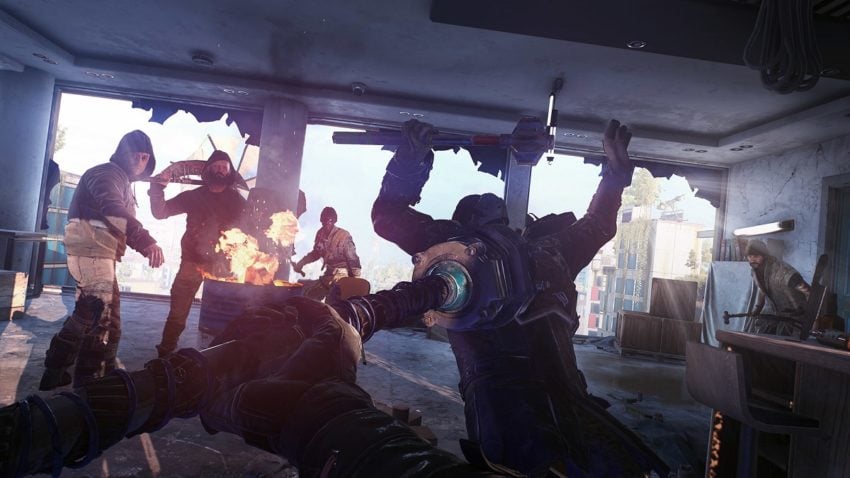
Like the first game, there are plenty of fun secrets and Easter eggs hidden in Dying Light 2 Stay Human. Are there any that you think the community hasn’t found yet? What goes into making those secrets appear in the game?
We’re quite impressed by the amount of secrets the community has ALREADY discovered. We dedicated some extra time towards the end of the development period to add those secrets – because despite the rush of the closing, for us, this was an important demonstration to our fans – a love letter to show that, like in DL1, the most dedicated players would be rewarded while providing a somehow lighter touch than the rest of the game content. And, while I can’t reveal any specifics, I can positively say that a few of the best kept secrets are still left to find 🙂
When looking at other games available right now, what titles do you think helped inspire the development of Dying Light 2 Stay Human the most?
All of us in the team are gamers, so whether we want it or not, the games we play influence the games we create. But we absolutely do not want to define Dying Light 2 Stay Human by its references – the game is defined by the vision we had for the experience from the start – derived from Dying Light 1. Other game references are useful internally to clarify a direction for specific gameplay or artistic elements (controls, combat mechanics, specific visuals etc.) and help our team strive for a benchmark, but that’s it.
On another note, there is extensive post apocalyptic literature, movies, and series. There is not a specific media we can quote here, but we definitely wanted to fit within the “grammar” and some of the archetypes of a post apocalyptic world – just because it makes it more immediately understandable for our audience – particularly those who didn’t know the franchise. It’s a matter of being more accessible. And then we tried to transpose and subvert some of the tropes to fit within the overall universe of our game and give them the Techland touch.
How would you describe the challenges of developing a game for so many platforms? Did the new generation of consoles create unforeseen problems, or did the jump in technology help the team’s vision at all?
For sure it adds a layer of technical complexity – especially as, when we started to work on Dying Light 2 Stay Human, the new gen of consoles was not even a prospect. But to be honest, the vision we had for Dying Light 2 Stay Human was founded on an experience that is agnostic of the platform. How we wanted to make players feel with a pad in hand – the thrill of the parkour, the choice and consequences, the modern dark ages visual signature etc. – was not reliant on technology. What we had to do was “scale” the way to convey the key pillars of this experience with the means available on each console. And kudos to our teams who did a wonderful job at doing just that.
What spurred the decision for a more vertical style of gameplay?
Verticality seemed like a logical addition to the parkour core toy – we already had a small sample of this with some parts of Dying Light 1 and we all felt like there was potential there to elevate the navigation and reinforce the experience of becoming the master of the space – which is part of the feeling we wanted for our players who achieve mastery of parkour. This also led to the creation of the paraglider tool. Additionally, this worked well with the directions we were taking for the backstory and the personality of the fictional city of Villedor – largely inspired by western cities which all had a “business” district.
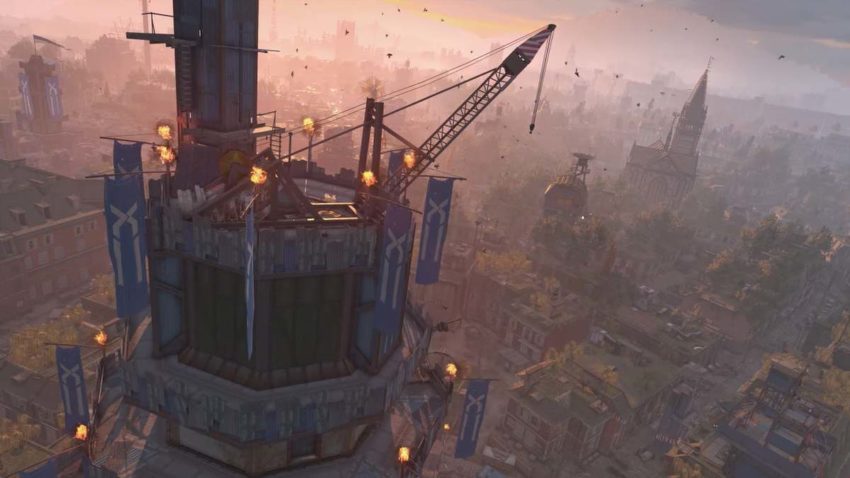
First-person platforming in games has largely been hit or miss in the past, but both Dying Light games nail it with their parkour systems. What goes into making free-running and climbing feel so good?
Natural Movement was a pillar of Dying Light 2 Stay Human. So, right from the start of the project, this was set as a constraint: we had to first and foremost create a playground which would allow us to build upon the Parkour core toy that made DL1 so successful: make it more accessible, more spectacular, more rewarding for the players, all to elevate the second-to-second experience. This defined the two main focuses we had early on: create a flawless parkour gameplay + create the perfect playground to use it.
Our lead gameplay programmer (Bartosz Kulon) became obsessed with perfecting the experience of Dying Light 1. We used input from actual Parkour runners (including David Belle) to understand what made the experience of Parkour so thrilling, devised ways to convey it pad-in-hand, and at the same time we started building the playground to support it. Then it was a lot of tweaking, a lot of collaboration between Game Design and Level Design, a lot of iteration to finetune what we had with the ambition of reaching the perfect flow, an effortless combination of making microseconds choices (what platform should I use, which bar should I swing from, which wall should I run on, etc.) and having the amazing physical skills of the best real-life parkour runners.
We know the team plans to support Dying Light 2 Stay Human for the next five years. The first game also has had a long period of dedication put into it. What inspires you to keep that focus?
Like I said before, a game only means something when it meets its players. We’re lucky enough to have a super dedicated community, and I think it’s a very strong engine for a lot of us at Techland to keep pushing. Making a game the size of Dying Light 2 Stay Human is a colossal task and I think the love we received from our players was both an almost magical cure and one of the key ingredients to inspire us to keep this focus.
With the roadmap for Dying Light 2 Stay Human ahead, what kind of direction do you see the game going in? Big expansions with a new map like the first game got, or smaller updates to fine-tune the experience already here?
I can’t reveal all the details of the post-launch plan, but I can say that we have two main focuses:
- One is to expand the current world – The City / Villedor – by adding new story-driven questlines, new locations, new maps that will provide full-fledged self-contained experiences which will complement the main story. We already have several of these in mind which, so far, are very, very promising.
- The other one is to start exploring what is beyond the walls. We’ve had great feedback from our community about the universe we built for our IP and we definitely want to talk more about it. Possibly in ways that will give us more freedom to explore more exotic ideas, different rules than within the Villedor ecosystem.
Finally, just like for Dying Light 1, we will keep on improving the experience, fixing bugs, and fine tuning mechanics for the years to come to strive for the best possible product. As stated, this is core to what Techland is and it’s a promise we intend to keep.
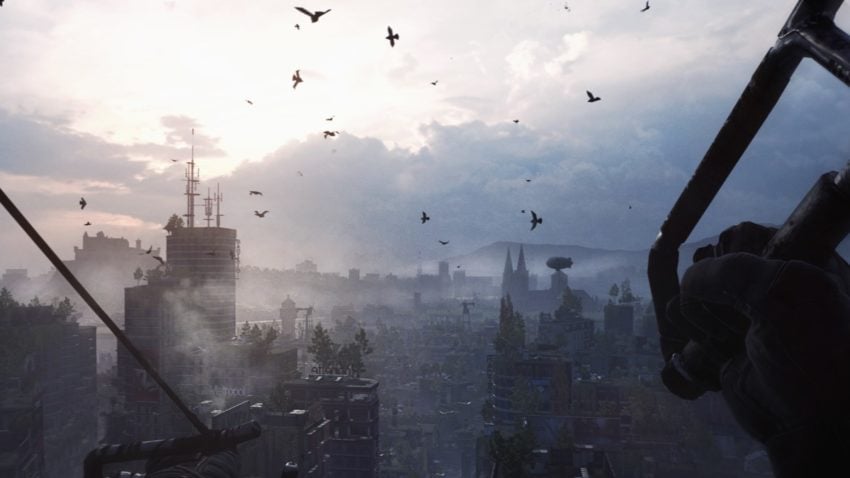
Where would you like to see the state of Dying Light 2 Stay Human in five years?
I mean, of course we are planning to bring a ton of content in the years to come so, for sure, I’m looking forward to seeing how much further we take this world – and I know for a fact we have really cool ideas in the pipe. I’m dying to see (no pun intended) them executed and in the hands of our players. But besides extending our universe – including beyond the walls of the city – I’m really looking forward to seeing what our community will look like / how it expands in the coming 5 years. You know, the ideas they bring, how they make this game find a life of its own out of its creators’ hands, where the community itself takes our IP. I know the dedication of our fans – we’ve seen this with Dying Light 1 – and I think the world we’ve built for DL2SH is even more open to that: there is space in the narrative for fans to chip in, help us build its future, and, being Techland, we’re definitely open to that.
For anyone who has completed the story of Dying Light 2 Stay Human, what can they expect to look forward to the rest of this year in the game? [Besides the balancing, bug fixing, and general improvements in the experience]
We have a few Villedor stories we’ve been wanting to tell for a while. Some about existing characters of the city, some about new cool characters. Some taking place in locations you’re familiar with, and some unfolding in totally new places. Regardless, we’re going to try new things for the post-launch (while keeping the super fun toys we built for DL2SH core to the experience of course). We’re not going to go for boring, run-of-the-mill content just because we need to “tick those boxes”. I’m genuinely excited about some ideas and I can guarantee two things: you won’t see it coming, and yet some of these stories will definitely shed new light on the world of the “main game”, and even on the overall Dying Light universe. I cannot say more! Guess you’ll just have to wait for it 🙂
I want to thank Techland and Thomas Gerbaud for taking the time to answer my questions. Dying Light 2 Stay Human’s community looks to have an exciting future ahead of it. As long as the team can keep sending out quality updates for the game, they should expect a long road of success. In the meantime, if you want more on Dying Light 2 Stay Human, you can check out our review on the game.

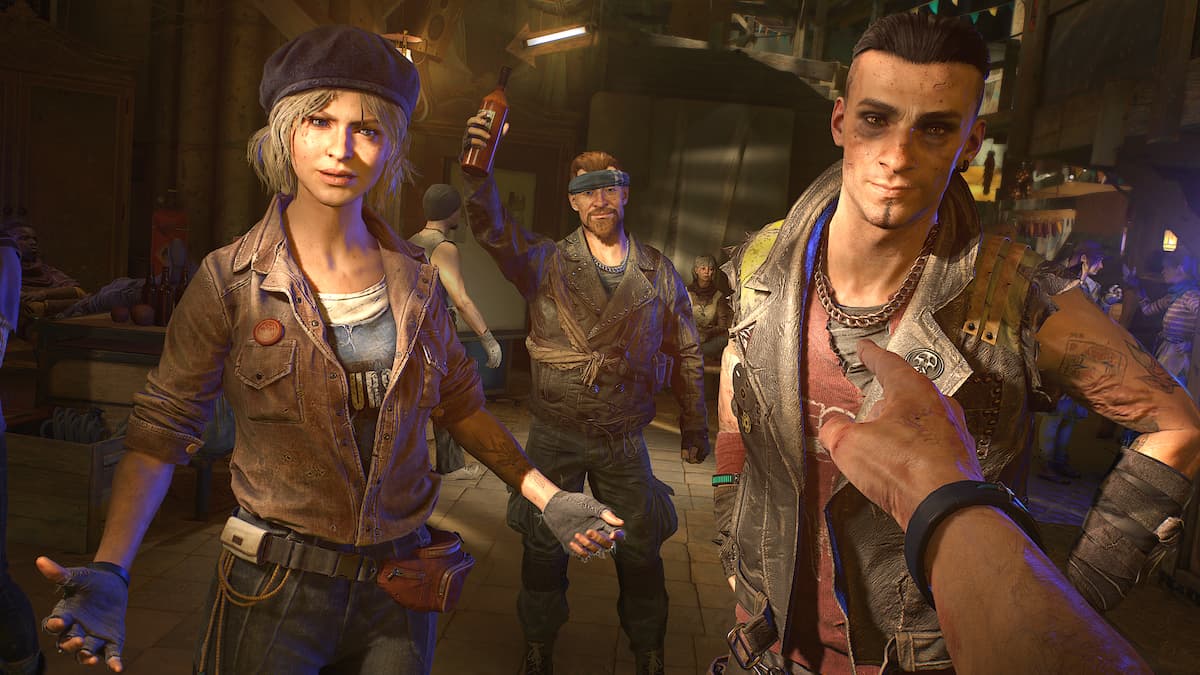
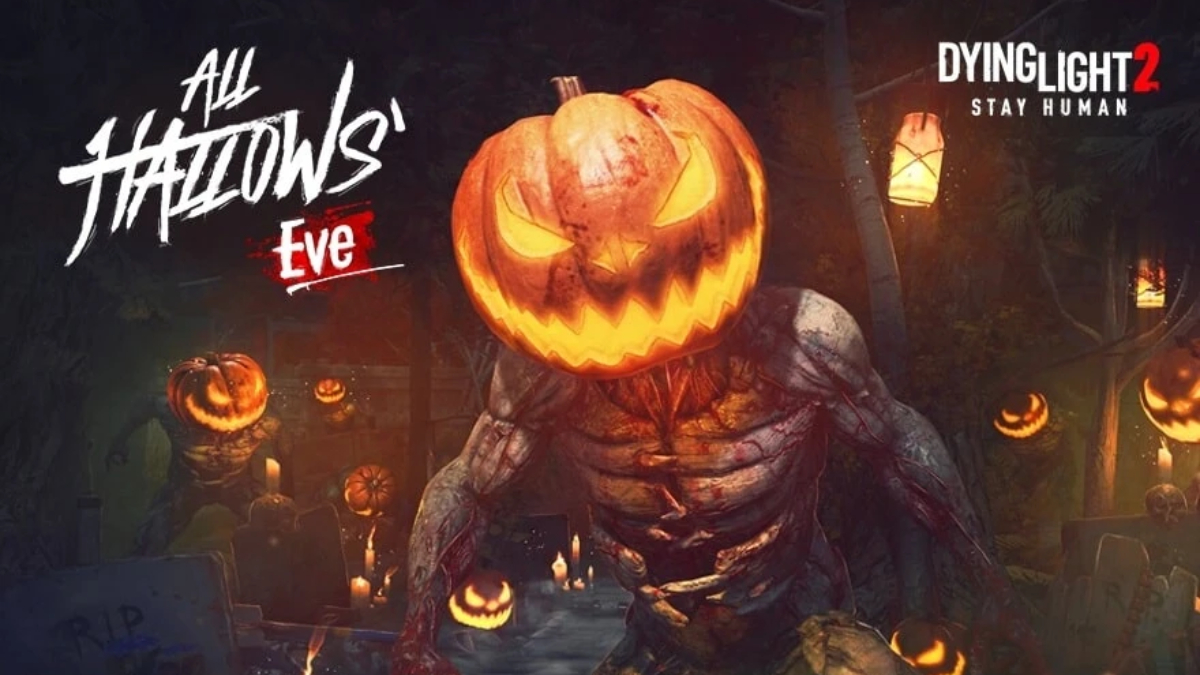
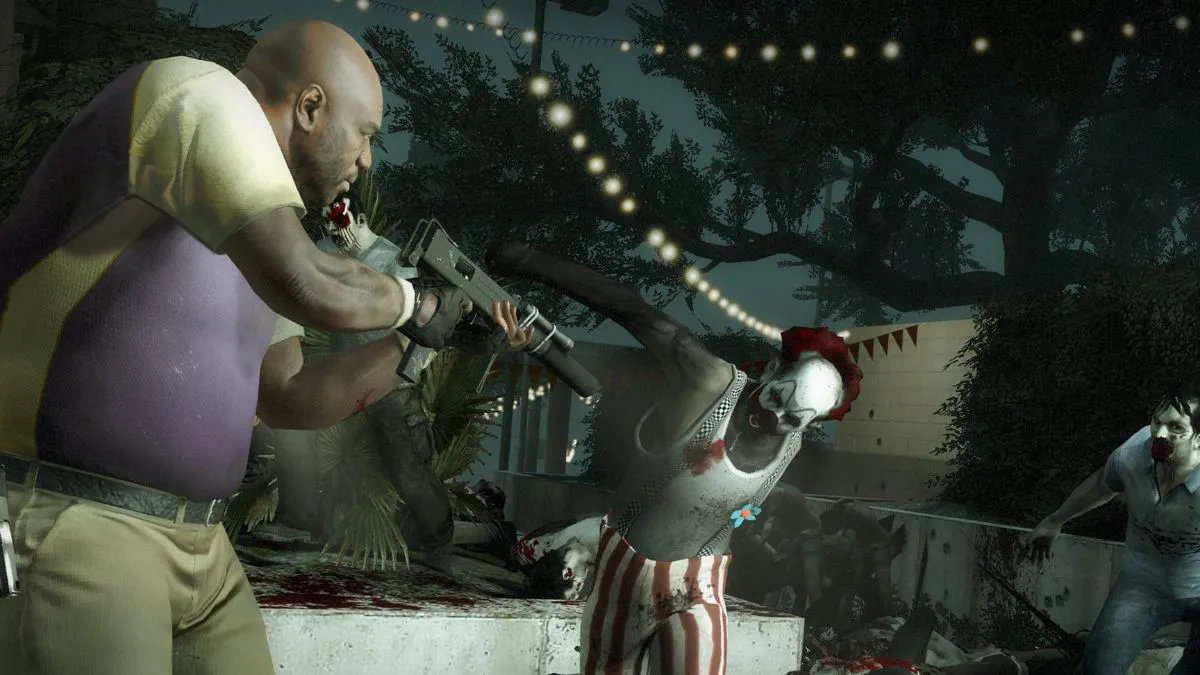

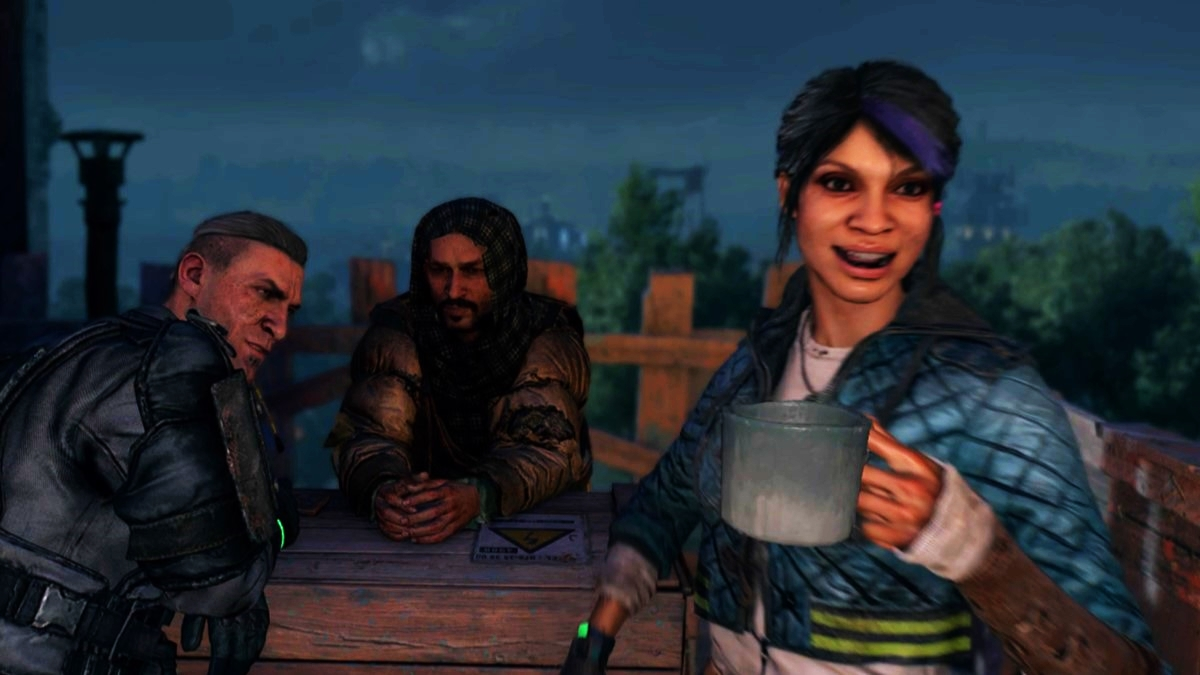
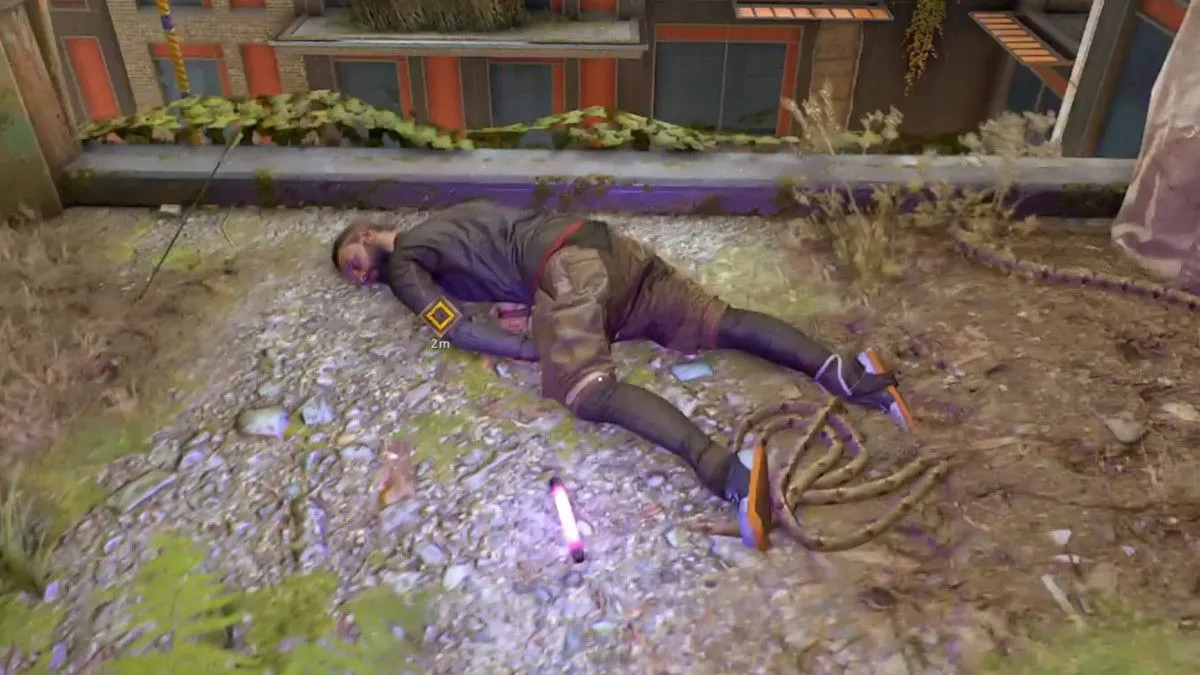
Published: Mar 14, 2022 12:42 pm